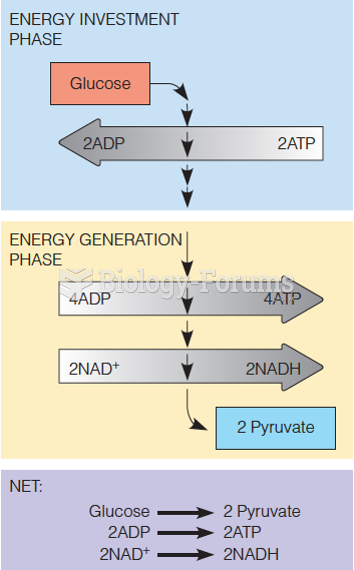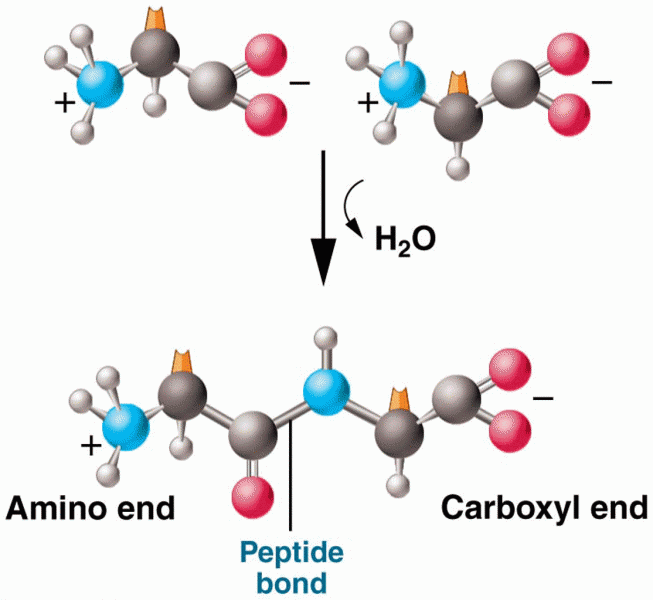|
|
|
The B-complex vitamins and vitamin C are not stored in the body and must be replaced each day.
The average human gut is home to perhaps 500 to 1,000 different species of bacteria.
As of mid-2016, 18.2 million people were receiving advanced retroviral therapy (ART) worldwide. This represents between 43–50% of the 34–39.8 million people living with HIV.
According to the American College of Allergy, Asthma & Immunology, more than 50 million Americans have some kind of food allergy. Food allergies affect between 4 and 6% of children, and 4% of adults, according to the CDC. The most common food allergies include shellfish, peanuts, walnuts, fish, eggs, milk, and soy.
Eat fiber! A diet high in fiber can help lower cholesterol levels by as much as 10%.







